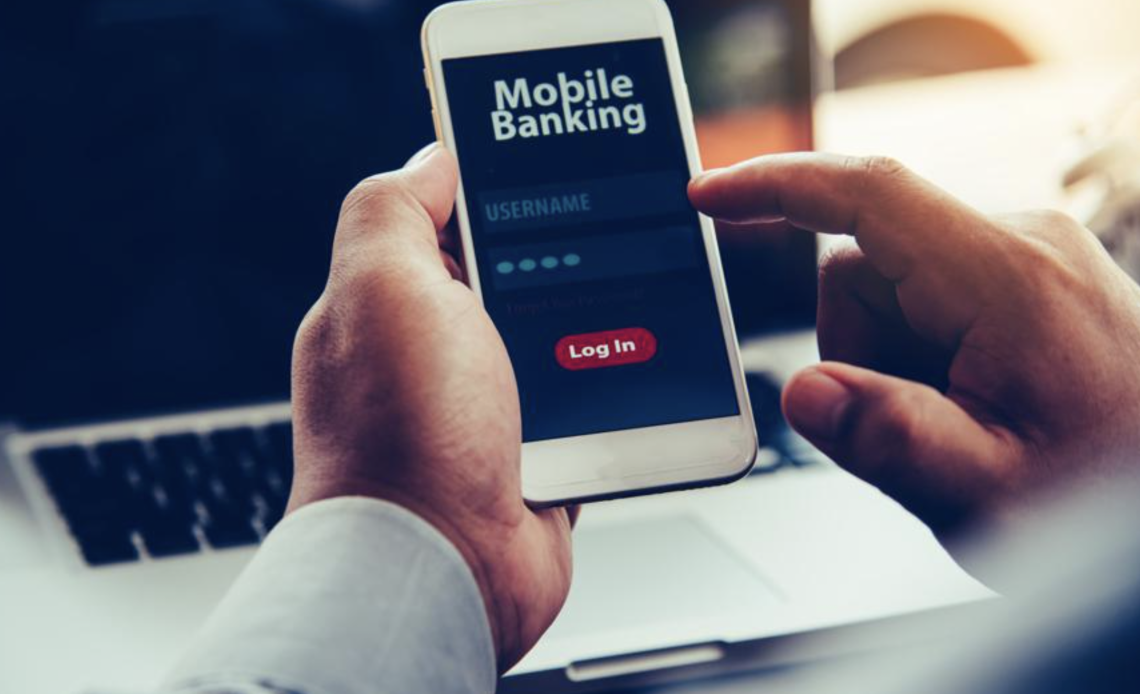
There’s a growing body of evidence highlighting how Open Banking can influence forms of credit scoring. What’s more, there’s an overwhelming number of B2B API products becoming increasingly popular, but consumers are not yet fully engaged with the prospect of Open Banking. This post explores why that is the case and what Open Banking can offer.
An example from Vitality
It’s fascinating how innovative products like Vitality’s Apple Watch can encourage people to make healthier choices. For instance, research shows that people have effectively reduced their monthly instalments, and there has been a 34% increase in the number of tracked days of activity per month. It’s fair to say that Vitality has successfully encouraged its users to be more active and improved the intensity of their activity levels. As a result, this has led to considerable cost savings for the health sector.
Fundamentally, Vitality’s success story isn’t markedly different from that of Weight Watchers during the 1990s. They have employed prospect theory and loss aversion to encourage people to make decisions based on loss and gains rather than solely on the final outcome. This is where Open Banking can also have an extremely positive impact on consumers.
The potential of Open Banking
There’s no doubt that Open Banking is making encouraging progress with emerging Payment Initiation Service Providers (PISPs), but there’s a long way to go. In fact, most people agree that Open Banking has not contributed enough value since PSD2 was launched in 2018. In previous years, Open Banking has been floated as a good idea with potential, but we now have data to back up its promise. Two of the UK’s credit bureaus – Equifax and TransUnion – agree that council tax payments, utilities and telecoms payments positively indicate the impact of Open Banking.
What’s more, bank account charges, gambling, and cash usage are negative indicators of a borrower’s willingness to pay. Older people might be disillusioned by the fact that cash users are in the subprime category. After all, using cash is an effective way of budgeting, and it is a great way to educate children about the value of money. But times are changing, and the need for an equivalent digital product is growing.
The need for transactional data
In regards to borrowing, consumer demand is reflected in underwriting. Digitally enhanced scorecards must adapt to the continually changing digital landscape and provide accurate information regarding borrowers. As such, transactional data is the main gateway for products like fitness trackers and other digital innovations. In terms of Open Banking, there’s a lot of room for improvement, even though it’s making good strides relating to verification and affordability. For instance, Open Banking lenders calculate affordability based on a borrower’s income. Let’s look at some examples.
Emma is a personal finance app that provides valuable insights to borrowers, while Joy encourages you to differentiate between “happy” and “sad” spending. Cleo is an AI chatbot that runs Facebook messenger and encourages you to guess your previous month’s spending in exchange for rewards, while Plum helps you save the right amount using AI. They are all powered and made possible by Open Banking.
Similarly, Koyo Loans is a direct product of Open Banking. It helps people source much cheaper forms of credit and supports people with thin credit files to access the money that they need. Koyo provides unsecured personal loans as a result of Open Banking, and there is hope that the adoption of OB products will continue to grow within the consumer credit space in the near future.


